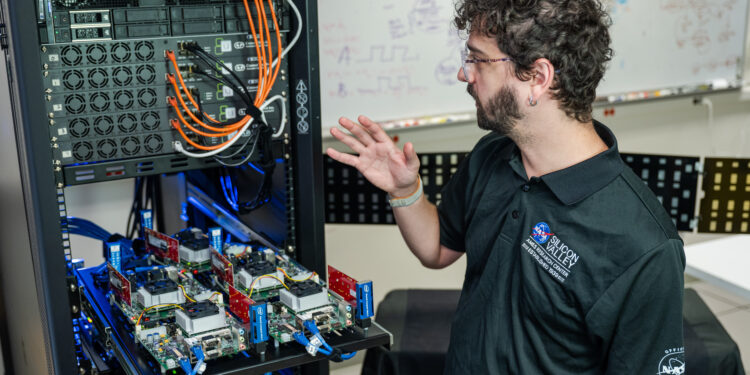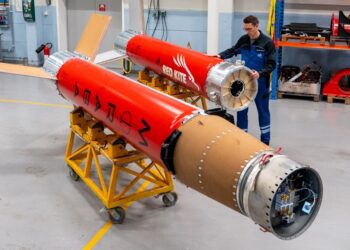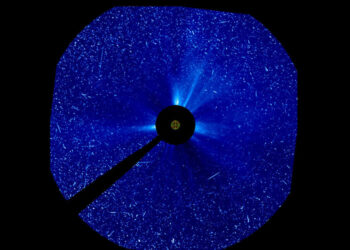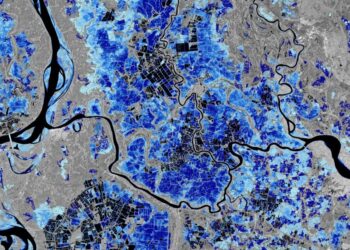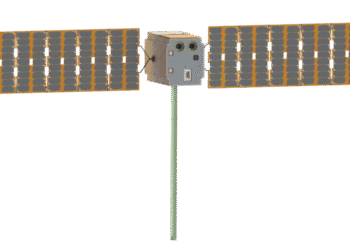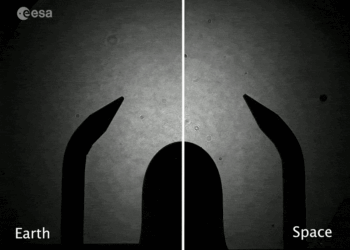The development of Distributed Spacecraft Autonomy (DSA) by NASA represents a significant advancement in the way satellite swarms operate. Traditionally, satellite operations required constant communication with ground stations for task management and adjustments. However, with the introduction of DSA, there is a groundbreaking shift towards improved autonomy.
DSA enables swarms of small satellites to function together cohesively, adapting in real-time without needing continuous human oversight. This system allows satellites to make independent decisions based on the environment and mission objectives, significantly expanding their capabilities and efficiency. The advantages of this technology are crucial for upcoming missions exploring remote locations in our solar system, where real-time communication with Earth is not possible.
Key Benefits of DSA
- Enhanced Autonomy: Satellites equipped with DSA can collaboratively respond to changes in their environment and reconfigure their operations as needed.
- Increased Efficiency: By reducing reliance on Earth-based control, satellite swarms can execute missions faster and with reduced latency.
- Scalability: Swarms can scale up without the proportional increase in ground support, making large-scale operations more feasible.
This system will be pivotal in missions that aim to explore lunar and Martian environments, where instantaneous communication with Earth is impractical. The autonomous decision-making capability ensures these missions are carried out smoothly and effectively, even in unforeseen circumstances.
Overall, the DSA represents a noteworthy step forward in satellite technology, promising to enhance the efficiency of future space explorations.
For more detailed information on NASA’s Distributed Spacecraft Autonomy, visit the official NASA page.


